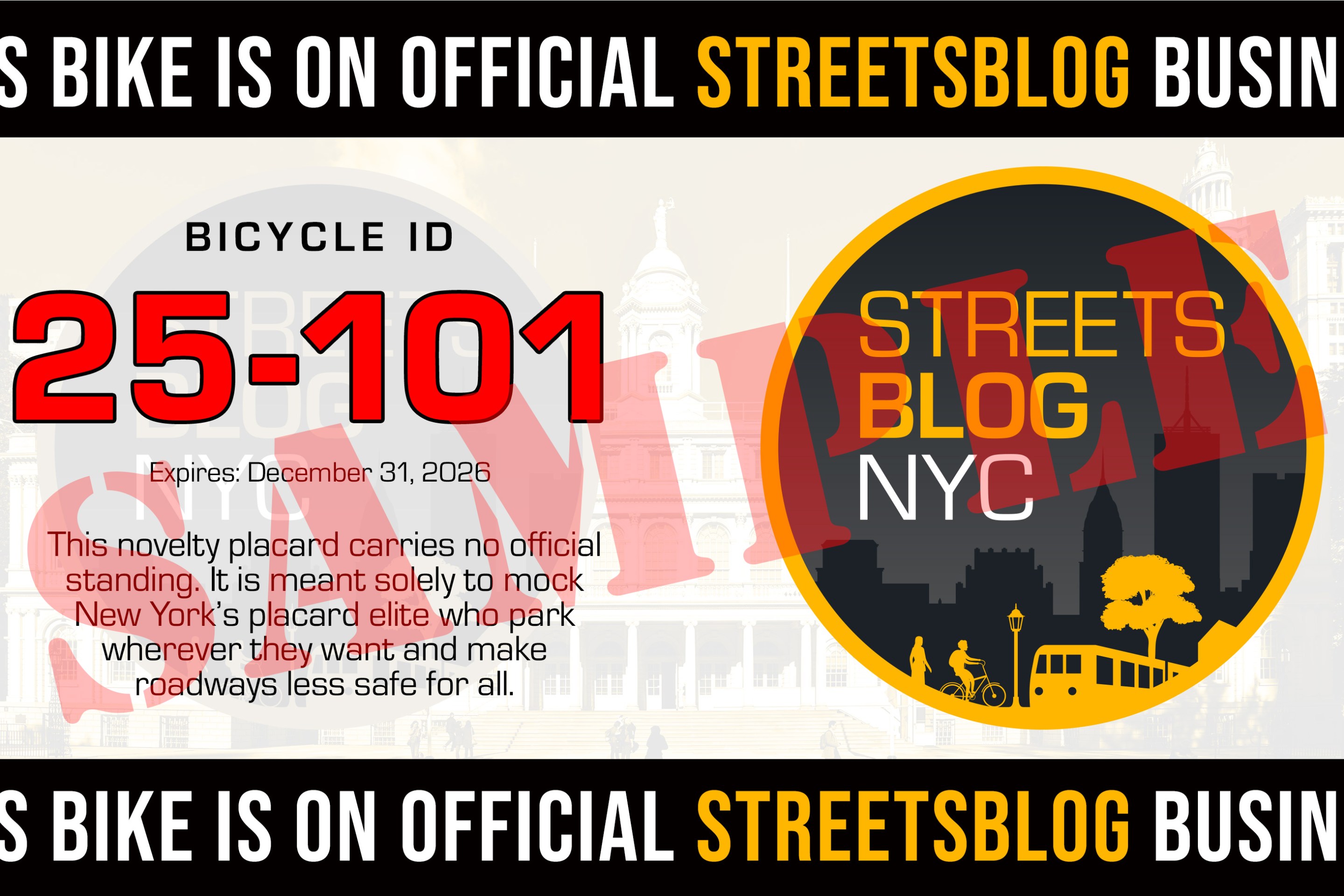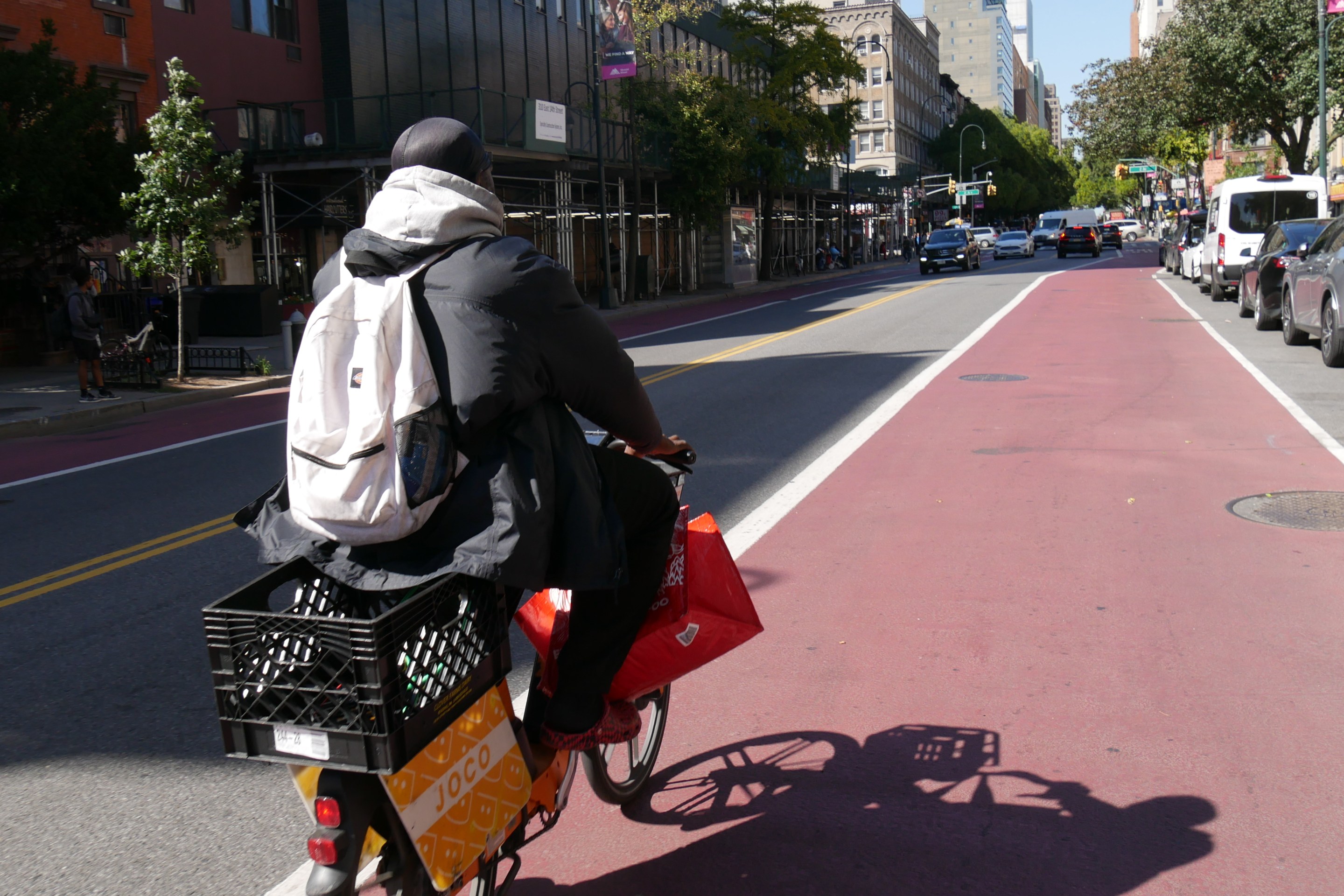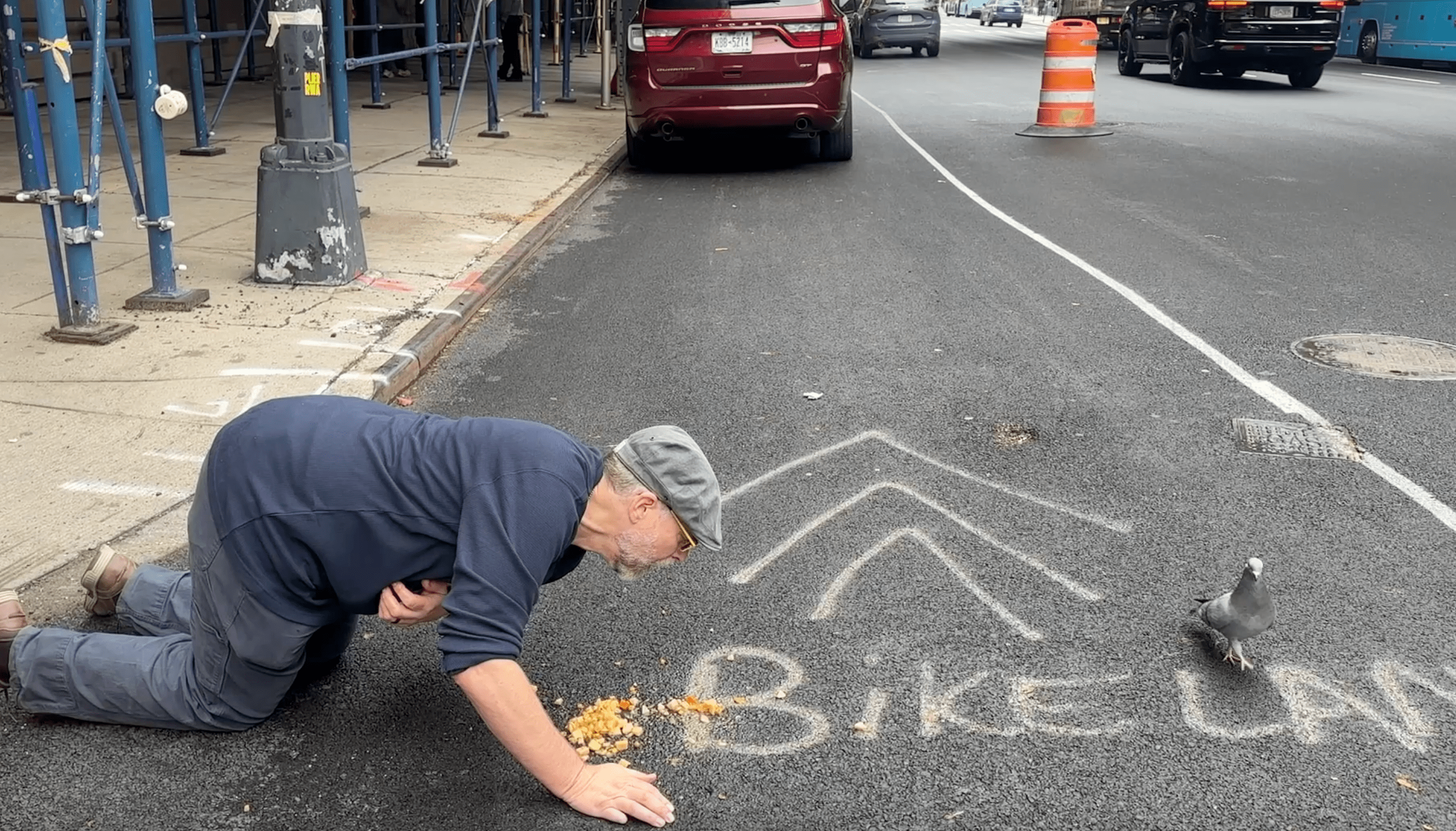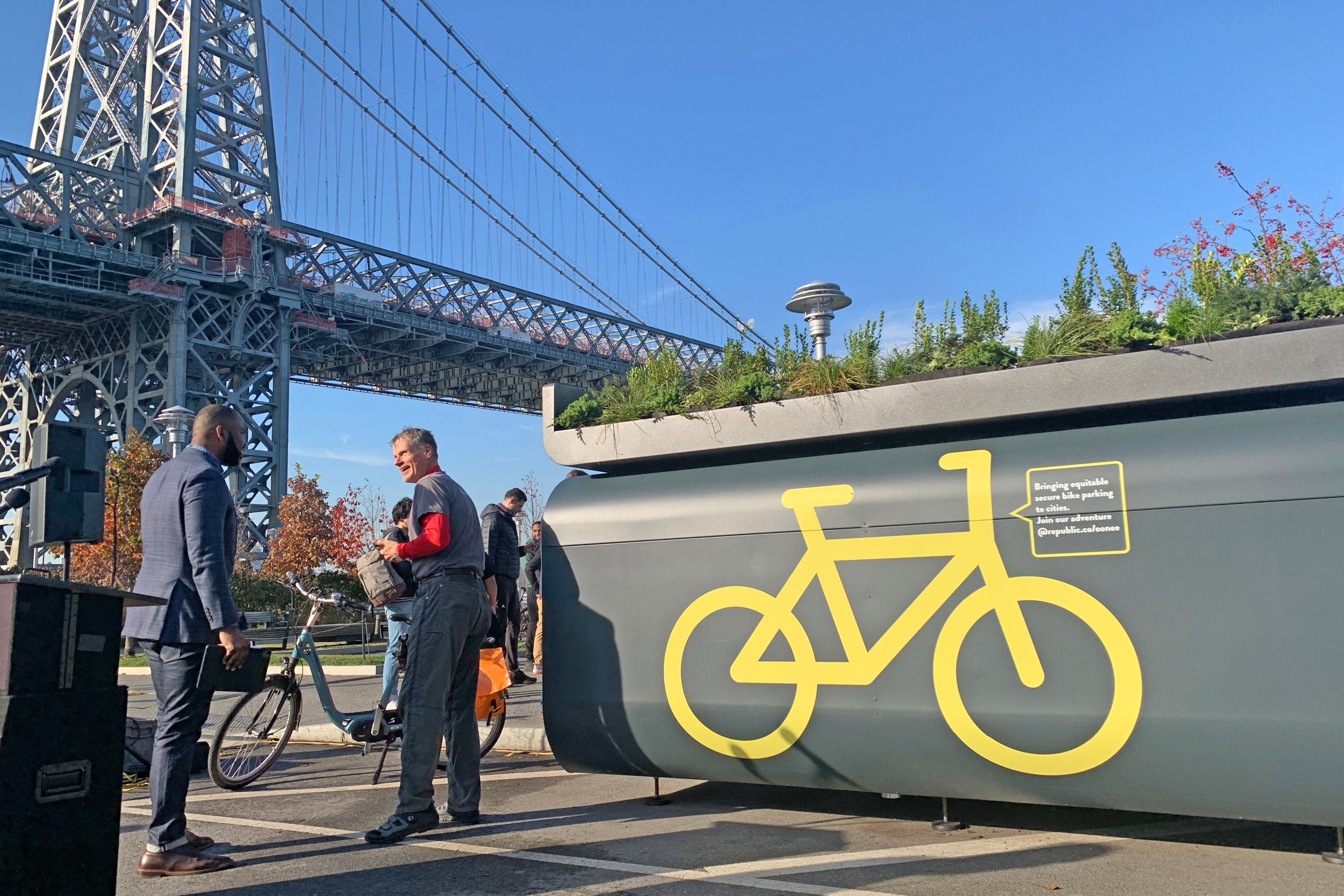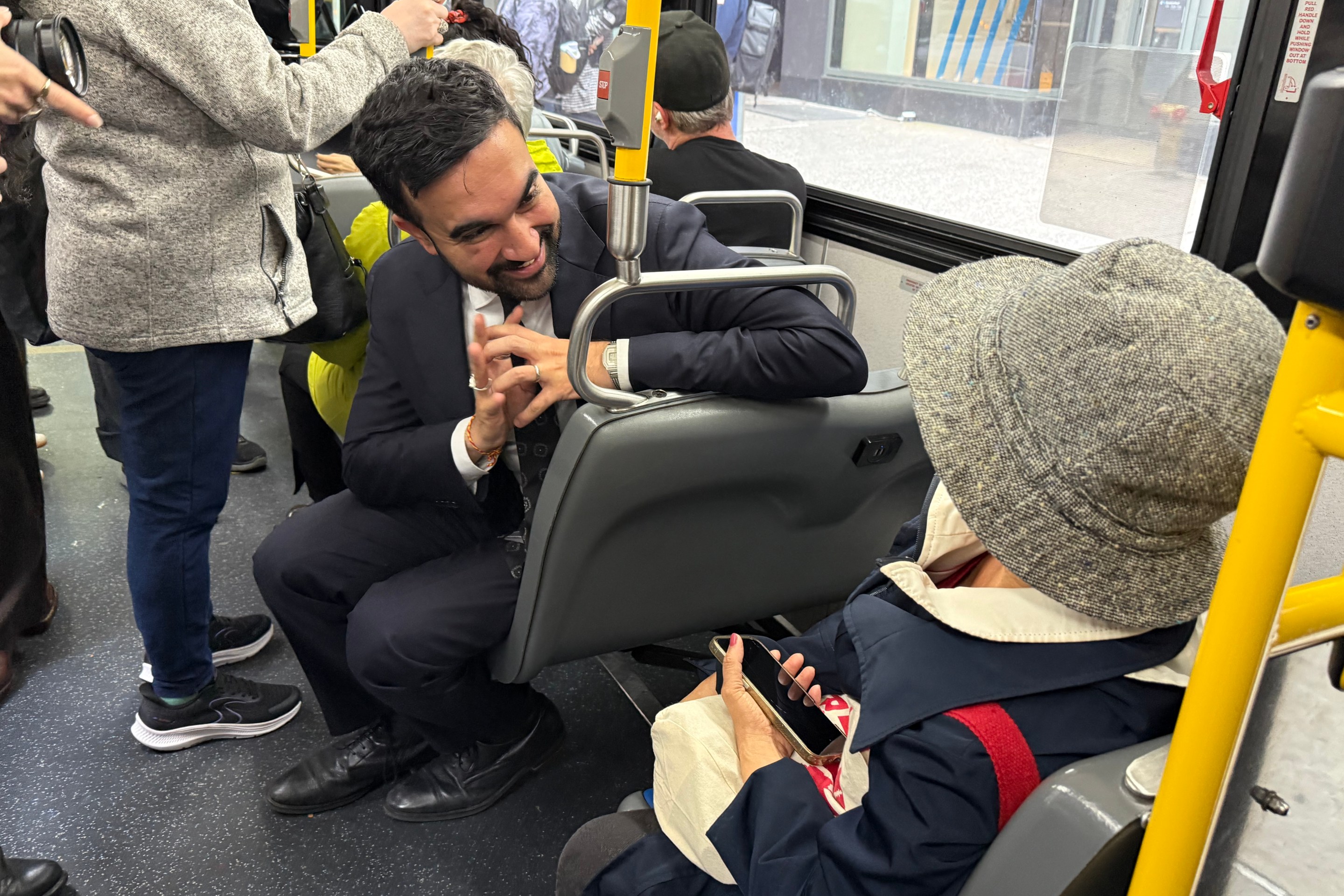How was your day, dammit?!
Mayor Adams on Thursday said that one way to restore confidence in a subway system that some believe is crime-riddled is to not only flood the underground with blue, but also to have police officers introduce themselves to riders and be the friend you never knew you had.
"We are going to add hundreds of daily visual inspections from existing police manpower ... to go into the subway system and do visual inspections," Adams said at a press conference with Gov. Hochul. "They're going to ride through trains. When is the last time you saw an officer walk through the train, to see him there and engage with passengers [and ask], 'How are you?' 'How was your day?'"
"Omnipresence brings about the level of security and safety," the mayor added.
Adams did not promise a surge of new officers into the subways, saying that his vision for NYPD omnipresence would be accomplished by having New York's Friendiest get out of their cars and go down below their beats into the subway stations in their patrol areas.
A subsequent seven-paragraph press release from the NYPD explained, in scant detail, what Hizzoner was talking about.
"Under the initiative being rolled out today, hundreds of additional NYPD officers from the Transit Bureau will work in tandem with Patrol Service Bureau officers and other personnel to be present across the subway system, from both their street-side and underground positions," the department announced.
According to the department, area police commanders will also "strategically" use overtime assignments to respond to high-crime subway stations, and officers on desk duty will also occasionally be assigned to subway detail.
The "surge" will be in overtime and not much else.
— R.E.M. Koolhaas (@newyorkgreen) January 6, 2022
Subway crime through November 2021 was down compared to November 2020, with 1,581 major felonies compared to 1,640 the year before (not to mention that there were far more riders). Felony assaults did increase — from 323 in the first 11 months of 2020 to 423 for the same period in 2021 (though, again, ridership was up).
It's not yet known whether "police talk to straphangers" is the missing link in subway safety, but some New Yorkers reacted skeptically to the idea of an omnipresent police force, suggesting the mayor had "divorced uncle" energy or just noting that they don't much care for small talk. Subway rider-police relations also hit something of a nadir recently over the issue of transit police wearing masks (or not wearing them, that is), as is required by federal law and MTA policy. None other than Acting MTA Chairman and CEO Janno Lieber groused about low mask compliance rates among police officers in September 2020, a situation that became even more famous last October after a pair of NYPD officers removed a man from the subway for asking them to put masks on.
Thursday's press conference started with remarks on homelessness from Hochul before Adams said the new flood of police officers is not going to be responding to calls about homeless New Yorkers on the train. Instead, Adams said officers will alert homeless outreach responders if they come across an individual in need of social services.
"We will not allow our police officers to have unnecessary engagement with homeless individuals and those petty issues that will cause a negative encounters with our police officers and the riders of the public," he said. "We want serious criminals like the one that stabbed the individual the other day yesterday on the subway system that is our focus public safety."
NYPD Commissioner Keechant Sewell said that while police riding trains and checking subway stations aren't expected to arrest or eject homeless riders, part of their mission beyond saying good morning to riders is to "engage" with sleeping straphangers.
"As the mayor said we're going to talk to [riders] say, 'Good morning,' say, 'How are you? How's your day going?' and actually listening for the answer and responding," said Sewell. "If we see passengers sleeping in transit, for example, we will engage them because we know that sleeping passengers are among the most vulnerable victims in the subways."
Sewell's opinion that sleeping passengers are vulnerable passengers is widely shared, but advocates have also pointed out that even sleeping riders should not be targeted by police.
"People sleep on the train because they have no other option — a situation that the governor and mayor have created — and homeless people should not be targeted by police or surveillance while they simply are trying to survive underground," Picture the Homeless board member Marcus Moore wrote in a Streetsblog op-ed. "Homeless people are often the victims of crime. We are in the subway system for our own safety, a fact which so many people choose to ignore."
Moore reiterated that the NYPD should not spend time waking up sleeping subway riders and possibly creating situations that turn into violent arrests.
"Thumbs down on that," Moore told Streetsblog on Thursday. "That irritates me, the hair stands up on me right now as I talk because it just brings back all these bad feelings. You just can't be looking at people and waking them up. You know, there's been bad experiences, there's just so many videos where cops are dragging people and throwing people."
To Moore's point, civil rights attorney Scott Hechinger responded to Adams's promise on Thursday by tweeting a video of a violent arrest of a homeless man on the subway.
"This is what 'omnipresent' policing on the subway normally looks like," he wrote.
This is what “omnipresent” policing on the subway normally looks like. Arresting, attacking, grabbing, & punching a man without a home. From May 2021: pic.twitter.com/S2xLGzKgoF
— Scott Hechinger 🆓 (@ScottHech) January 6, 2022
To try to avoid that outcome, Hochul suggested that the efforts she highlighted in Wednesday's State of the State speech will help make it less likely that the police will be asked to arrest or otherwise be sicced on homeless New Yorkers.
One step she's taking are homeless outreach teams she's called Safe Options Support teams. According to Hochul, the SOS teams will consist of social workers seeing to connect the unhoused with services and emergency shelter. On Thursday, Hochul announced that the state will seek proposals from organizations that can hire five SOS teams, each comprised of eight to 10 social workers.
Hochul also said on Thursday that she aims to build 100,000 units of supportive housing in order to make sure that homeless New Yorkers don't have to be sent to shelters, which were already unsafe before the coronavirus, although the figures mentioned in her State of the State were 100,000 affordable housing units and 10,000 supportive housing units. But it will take time to build that housing, so while the city is trying to keep people off the street, Moore said that government leaders should speak with the homeless community in the city to find out what might attract them off of trains.
"I think we might need to ask folks out there, 'What kind of housing makes sense for us to be able to help you to be in just temporarily?' If we can help folks to understand this is not a permanent address. Putting people or tucking people away in city shelters is not the answer to that," he said.
"We know that people don't want to be in shelters, shelters are dangerous," he added. "We understand that. But we want to know, what kind of housing we can temporarily help you to be in, where we can keep people off the train station and where it's safe, because bad things happen to homeless people, too."

